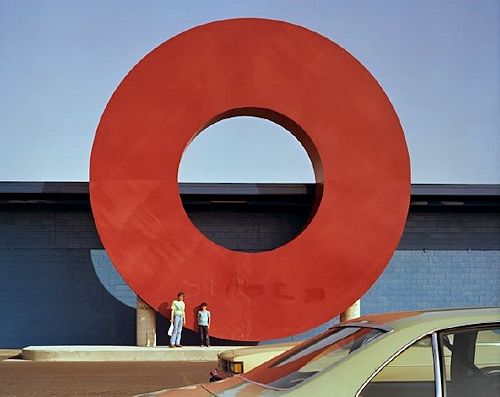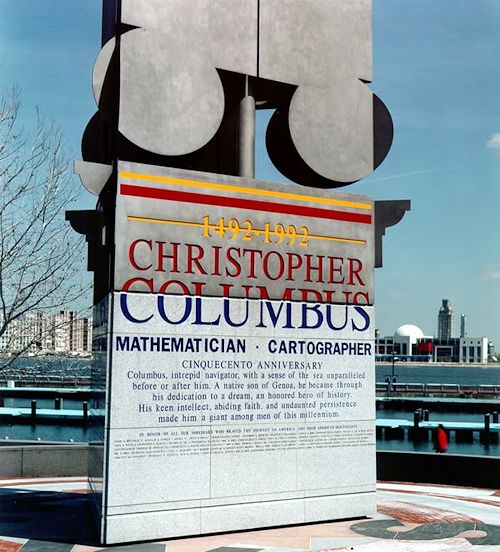By that time, of course, Kahn's reputation had expanded to international scale and had begun to influence older architects who were first exposed to him through the publication of countless articles--especially in Perspecta and Jan Rowan's "The Philadelphia School" in Progressive Architecture in 1961. At that time also, the first work of the second-generation Kahnian architects began to be published: Robert Venturi completed Grand's Restaurant in Philadelphia (1962)--an Italianate diner with industrial parts and common materials and a then strangely incomprehensible overlay of graphics.
C. Ray Smith, Supermannerism: New Attitudes in Post-Modern Architecture (New York: E. P. Dutton, 1977), p. 87.
Venturi's renovation of Mom's Restaurant in Philadelphia into Grand's (1962) was also early architectural Pop. Venturi used common things in uncommon ways. He said, "In keeping with the budget and character of the place, we tended to use conventional means and elements throughout in a spirited way, so that the common things took on new meaning. This was also a reaction to the overdesigned 'modern' fixtures typically available today." Their conventional means were industrial lights, bentwood chairs, old-looking high-backed booths, and exposed air-conditioning ducts.
C. Ray Smith, Supermannerism: New Attitudes in Post-Modern Architecture (New York: E. P. Dutton, 1977), p. 171.
An early superimposition of color and graphic lettering in 1960s architecture occurred in Grand's Restaurant in Philadelphia, a university campus eatery designed by Venturi & Short in 1962, opened in 1963, and redecorated by the owners almost immediately, in 1964. On the long interior side walls of the restaurant, which were painted gray with white squares, pale, dull-yellow letters spelled out the name of the proprietor and his establishment--Grand's Restaurant. The painted design looked like four-foot-high stenciled letterings tied by a thin pink line at the top; it was repeated in mirror image on the opposite wall. No one used the term supergraphics at the time. Robert Venturi saw the lettering as having "the character of conventional stencils" consistent with the motif of conventional objects and materials used throughout the design. Yet the graphics, which superimposed double scale on the small dining space, were brought into the purest realm of three-dimensional supergraphics by being mirrored on the opposite wall, suggesting that the type was one solid block continuing from wall to wall.
C. Ray Smith, Supermannerism: New Attitudes in Post-Modern Architecture (New York: E. P. Dutton, 1977), p. 272.
| |



| |

2015.05.01 16:40
Odd Architectural Details

Still wonder if there will ever be a concise study of Venturi's 3-dimensional design of 'flatness'.
for example...

|





